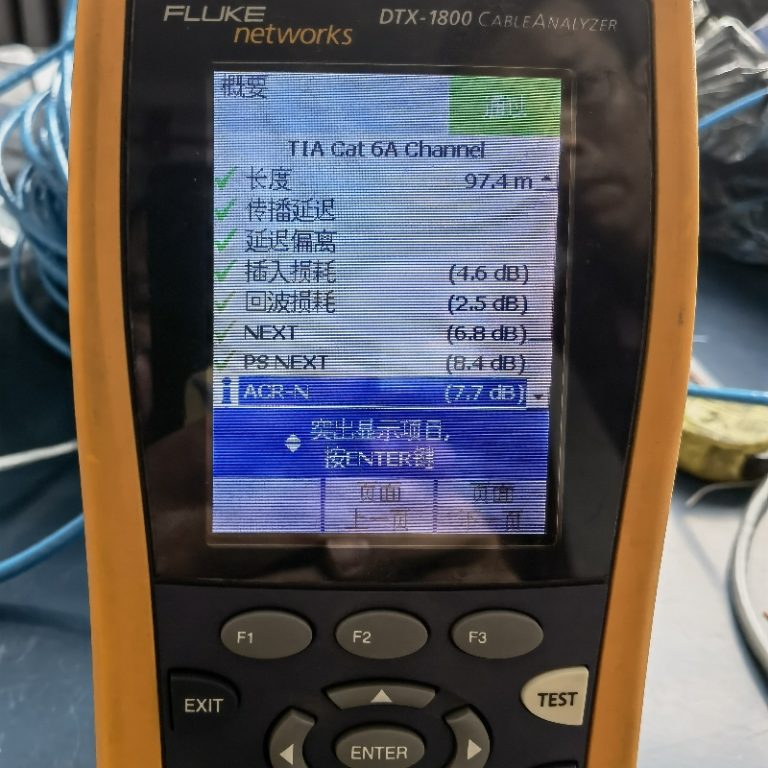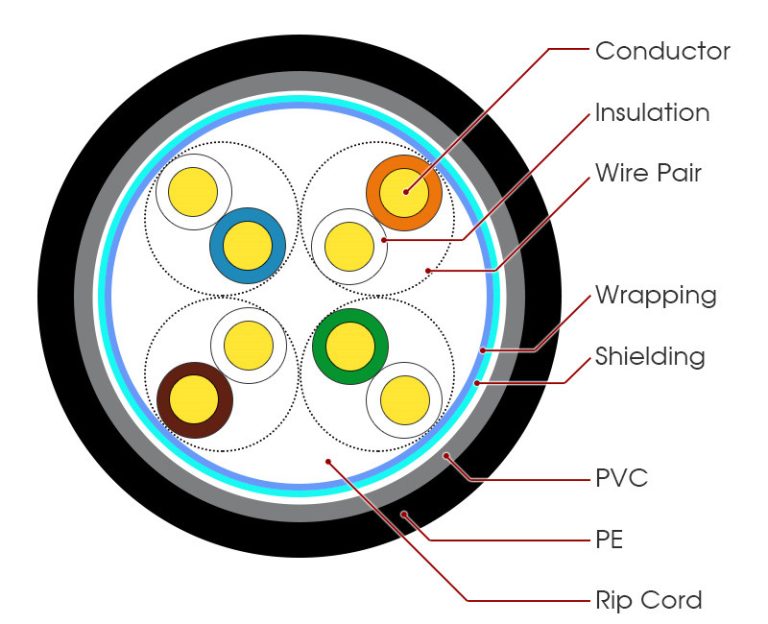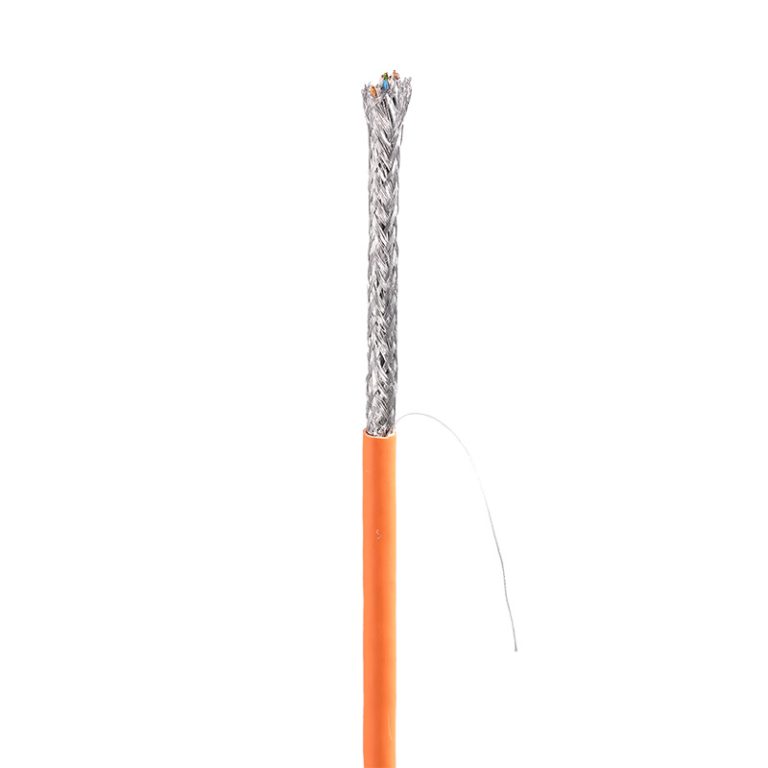can any ethernet cable be used for poe

Understanding the Basics of PoE and Ethernet Cables
Ethernet cables are the backbone of modern networking, facilitating the transmission of data between devices. With the advent of Power over Ethernet (PoE) technology, these cables have taken on an additional role: delivering electrical power alongside data signals. This integration has streamlined installations, particularly in settings where access to power outlets may be limited. However, not all Ethernet cables are created equal when it comes to supporting PoE. Understanding the basics of PoE and Ethernet cables is essential to ensure compatibility and optimize performance.
PoE technology allows network cables to carry electrical power to devices such as IP cameras, wireless access points, and VoIP phones, eliminating the need for separate power sources. This simplifies installations and reduces costs by minimizing the number of cables required. PoE operates by injecting low-voltage power over the same Ethernet cable used for data transmission, typically using two pairs of wires in the cable.
When considering whether any Ethernet cable can be used for PoE, it’s crucial to understand the different categories of Ethernet cables. The most common categories are Cat5e, Cat6, and Cat6a, each with varying capabilities and specifications. Cat5e cables, for instance, are capable of supporting data speeds up to 1 gigabit per second (Gbps) and are suitable for most PoE applications. Cat6 cables offer higher performance, supporting data speeds of up to 10 Gbps over short distances and are recommended for more demanding PoE setups. Cat6a cables provide even greater bandwidth and are suitable for applications requiring 10 Gbps or higher data rates over longer distances.
While PoE can technically be used with any Ethernet cable, the cable’s quality and specifications play a significant role in determining its suitability for PoE applications. One of the critical factors to consider is the cable’s conductor size, which directly impacts its ability to carry electrical current. Thicker conductors have lower resistance, allowing them to carry higher power loads more efficiently. As such, cables with larger gauge conductors are generally preferred for PoE installations to minimize power loss and ensure reliable performance.
In addition to conductor size, another important consideration is the cable’s insulation and jacketing materials. Quality insulation materials help prevent signal interference and maintain signal integrity, crucial for ensuring stable data transmission in PoE setups. Furthermore, robust jacketing materials protect the cable from physical damage and environmental factors, enhancing its durability and longevity in PoE installations.
It’s also worth noting that PoE introduces additional power-related considerations that may impact cable selection. For instance, PoE devices are classified into different power classes based on their power requirements, ranging from Class 0 to Class 4. Higher power classes require cables capable of handling greater power loads without exceeding their temperature ratings or causing voltage drop issues.
| Serial Number | Product |
| 1 | 4pair cable with messenger outdoor lan cable |
In summary, while PoE can theoretically be used with any Ethernet cable, selecting the right cable is crucial for ensuring optimal performance and reliability. Factors such as cable category, conductor size, insulation materials, and power handling capabilities all play a role in determining a cable’s suitability for PoE applications. By understanding the basics of PoE and Ethernet cables, network installers can make informed decisions and choose the right cables to meet their specific requirements, whether it’s powering IP cameras in a surveillance system or deploying wireless access points in a commercial environment.
Identifying Compatible Ethernet Cables for PoE Applications
Power over Ethernet (PoE) has become increasingly prevalent in modern networking setups, offering a convenient solution for delivering power and data over a single Ethernet cable. However, not all Ethernet cables are created equal when it comes to supporting PoE applications. Understanding the compatibility of Ethernet cables with PoE is crucial for ensuring reliable power delivery and optimal network performance.
Firstly, it’s essential to grasp the basics of PoE technology. PoE enables the transmission of electrical power alongside data signals over standard Ethernet cables, eliminating the need for separate power cables. This capability is particularly advantageous in scenarios where power outlets are scarce or difficult to access, such as in remote locations or ceiling-mounted devices.
When considering whether any Ethernet cable can be used for PoE, it’s important to recognize that not all Ethernet cables are designed to support PoE applications. The suitability of an Ethernet cable for PoE depends on several factors, including its category and wire gauge.
Ethernet cables are categorized based on their performance characteristics, with Category 5e (Cat5e), Category 6 (Cat6), and Category 6a (Cat6a) being the most common for PoE installations. Cat5e cables are capable of supporting PoE applications, but they may have limitations in terms of power delivery and data transmission compared to Cat6 and Cat6a cables. Cat6 and Cat6a cables offer higher bandwidth and better performance, making them ideal for PoE deployments requiring greater power and data throughput.
Another crucial consideration when selecting Ethernet cables for PoE is the wire gauge. PoE devices require sufficient conductor thickness to minimize power loss and ensure efficient power delivery. Thicker wires, typically represented by lower gauge numbers, offer lower resistance and better support for PoE applications. For instance, cables with 24 AWG (American Wire Gauge) conductors are generally preferred over cables with 26 AWG conductors for PoE installations due to their lower resistance and superior power handling capabilities.
Moreover, it’s essential to choose Ethernet cables with adequate insulation and shielding to protect against electromagnetic interference (EMI) and maintain signal integrity in PoE environments. Shielded twisted pair (STP) cables provide enhanced EMI protection compared to unshielded twisted pair (UTP) cables, making them suitable for PoE deployments in electrically noisy environments or alongside power cables.

While it may be tempting to use any Ethernet cable available for PoE applications, doing so can lead to compatibility issues, power inefficiencies, and potential damage to network equipment. Therefore, it’s crucial to select Ethernet cables specifically designed and certified for PoE use to ensure reliable performance and compliance with industry standards.
In summary, not all Ethernet cables are suitable for PoE applications. Factors such as cable category, wire gauge, insulation, and shielding play critical roles in determining the compatibility and performance of Ethernet cables in PoE deployments. By selecting appropriate cables designed and certified for PoE use, network administrators can ensure efficient power delivery, optimal network performance, and reliable operation of PoE-powered devices.
Potential Risks and Considerations When Using Ethernet Cables for PoE
Power over Ethernet (PoE) has become a popular method for delivering power and data over a single Ethernet cable in various networking applications. One common question that arises in this context is whether any Ethernet cable can be used for PoE. While it might seem convenient to use any available Ethernet cable for PoE, there are important considerations and potential risks associated with this practice.
Ethernet cables are typically categorized based on their performance characteristics, such as bandwidth capacity and maximum transmission distance. The most commonly used Ethernet cables for PoE applications are Category 5e (Cat5e) and Category 6 (Cat6) cables. These cables are designed to support the power requirements and data transmission speeds required for PoE applications. Cat5e cables can support Gigabit Ethernet speeds and are suitable for many PoE applications, while Cat6 cables offer higher performance and can handle higher power levels.
Using lower-grade Ethernet cables, such as Category 5 (Cat5) cables, for PoE applications may pose risks. Cat5 cables have lower bandwidth capacity and may not be able to support the power requirements of PoE devices effectively. This can result in power loss, voltage drop, and potential damage to the devices or the cable itself. Additionally, using inadequate cables can lead to network performance issues, such as slower data transmission speeds and increased latency.
Another consideration when using Ethernet cables for PoE is the length of the cable run. Longer cable runs can increase resistance and voltage drop, particularly with lower-grade cables. This can impact the performance and reliability of PoE devices, especially those that require higher power levels. It is essential to use Ethernet cables of appropriate length and quality to minimize voltage drop and ensure reliable power delivery to PoE devices.
Furthermore, the environment in which the Ethernet cables are installed should be taken into account. Harsh environmental conditions, such as extreme temperatures, moisture, and exposure to chemicals or physical damage, can affect the performance and lifespan of Ethernet cables. Using cables that are rated for outdoor or industrial applications may be necessary to ensure durability and reliability in such environments.
It is also important to consider the power requirements of PoE devices when selecting Ethernet cables. Different PoE standards, such as IEEE 802.3af, IEEE 802.3at, and IEEE 802.3bt (also known as PoE++, PoE+, and PoE++) deliver varying levels of power to connected devices. Higher-power PoE devices may require cables with larger gauge conductors to minimize voltage drop and ensure adequate power delivery.
In conclusion, while it may be tempting to use any Ethernet cable for PoE applications, doing so can pose risks and impact the performance and reliability of PoE devices. It is essential to use Ethernet cables that are appropriate for PoE applications, such as Cat5e or Cat6 cables, and to consider factors such as cable length, environmental conditions, and power requirements when selecting cables for PoE installations. By choosing the right Ethernet cables and taking necessary precautions, users can ensure reliable power delivery and optimal performance for their PoE devices.






